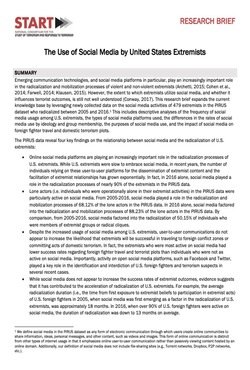By Neil J. Kressel
The twentieth century has been a century of hostility, an epoch in which the brutality of humankind has erupted and flowed more expansively than ever before. During the past eight decades, mass hatred has reached genocidal proportions in Turkey, Germany, Indonesia, Nigeria, Bangladesh, Burundi, Cambodia, Bosnia, Rwanda, and elsewhere. Blood has gushed so freely, and with such frequency, that one might consider the urge to kill one's neighbor an inborn characteristic of our species. Moreover, during the latter part of the century, the power to wreak bloody havoc on innocent civilians across the globe has fallen into the hands of terrorists whose hate knows no bounds. By the early years of the next century, these terrorists may possess nuclear devices that will make their previous methods seem quaint.
Library of Congress Cataloging-in-Publication Data, 1996, 342p.





















